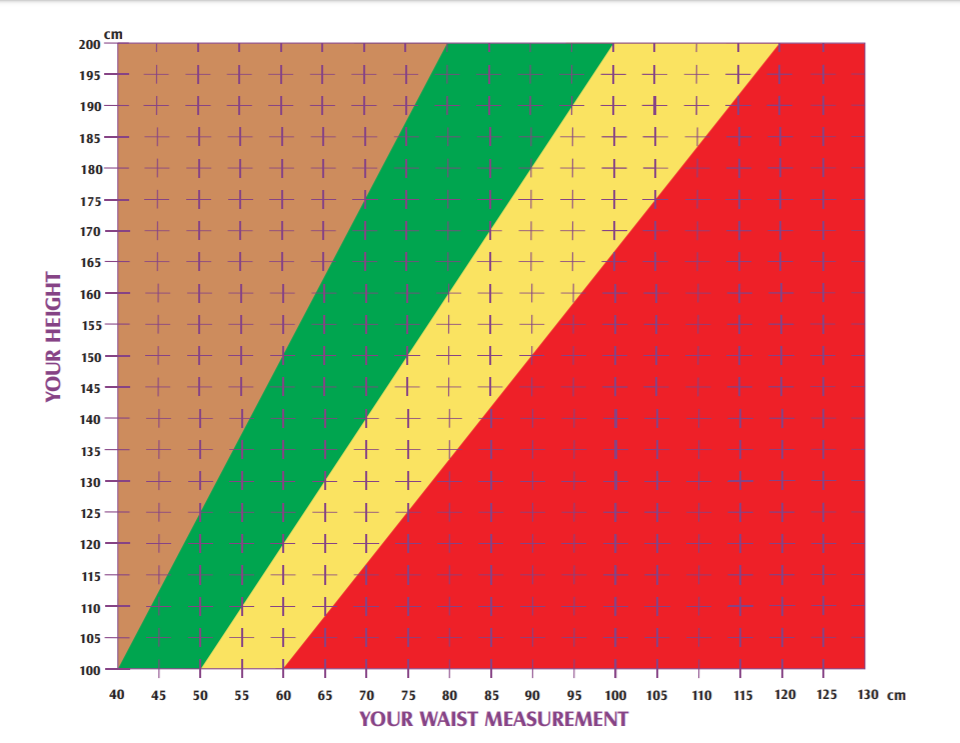Research shows people from some ethnic groups are prone to weight gain around their waist. It also reveals higher chances of developing heart disease.
Weight gain around the waist: A sign of heart disease?
The National Institute for Health and Care Excellence (NICE) in the UK is advising adults to keep an eye on their waist measurements. According to the UK health body, this can be a sign of developing certain heart diseases. According to the guidelines, adults should measure their waist to height ratio. Ideally, one’s waist should be less than half their height. This helps in reducing the chance of certain health issues. Additionally, it suggests that people from South Asian, Asian, African, and Middle-eastern backgrounds have a higher risk of developing heart disease. This is in spite of having a low BMI. Research also shows that weight gain around the waist is common for them.
What is the science behind the guidelines?

As per the World Health Organization (WHO), 18.5 to 24.9 is a normal BMI range. A BMI of 25 and over is considered overweight and a BMI of 30 or more is classified as obese. Based on estimates about 167 million people will be less healthy due to obesity by 2025. The Body Mass Index (BMI) is used for classifying a person’s weight as healthy, obese, under, or overweight. However, it is not accurate for assessing overall health.
This is because BMI does not account for the amount of muscle and fat. As per the NHS website, BMI can classify athletes and muscular adults as obese or overweight despite having low body weight. Additionally, it can classify older people with more fat and less muscle as healthy. The healthy body also explains that weight gain around the waist can increase the risk of having heart disease, some cancers, type 2 diabetes, and stroke.
